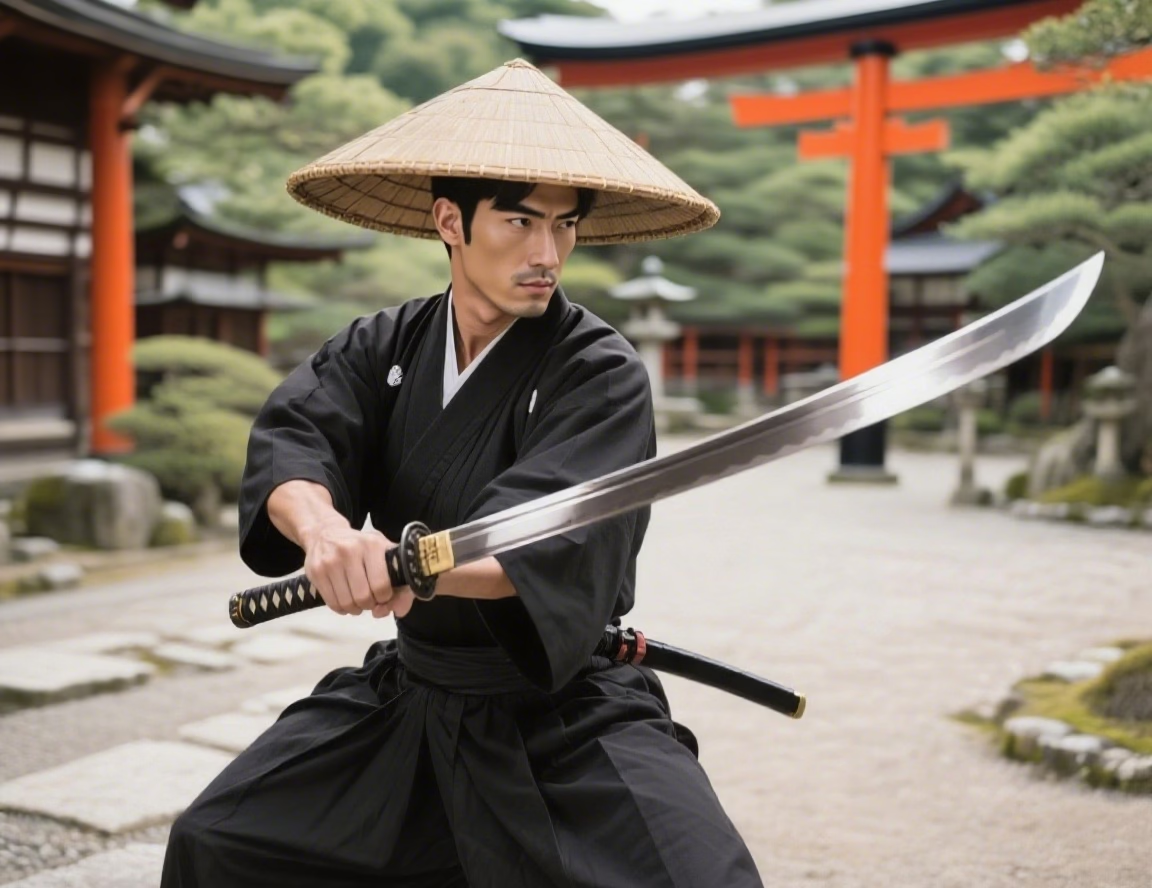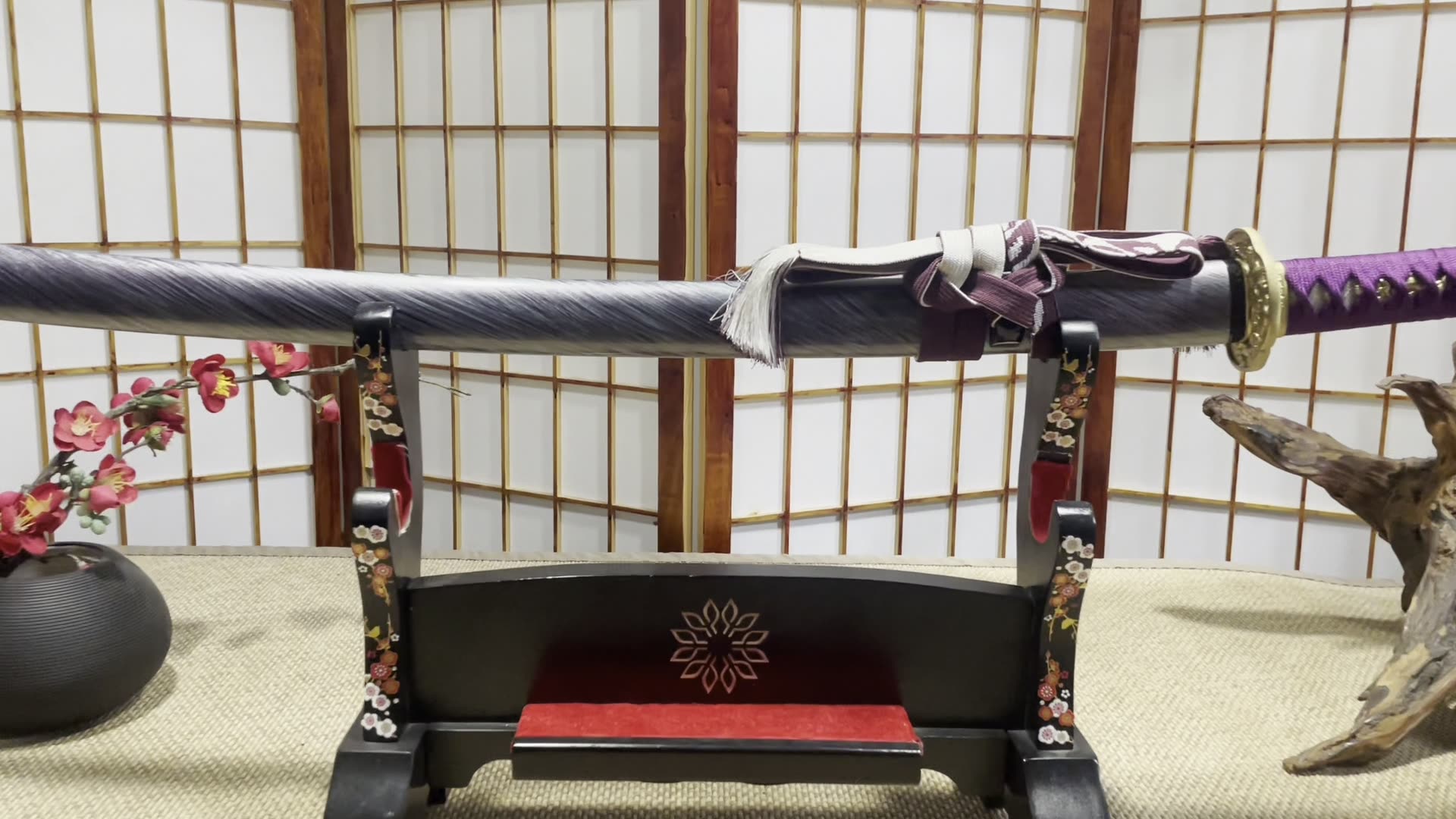Should Katana Have Hamon? The Eternal Debate

Introduction
The wavy temper line called “hamon” has become synonymous with Japanese swords, but its necessity remains hotly debated among sword enthusiasts. While modern collectors admire hamon as artistic proof of traditional craftsmanship, historical records suggest many practical battlefield katanas lacked visible temper lines. This article examines both perspectives.
The Case for Hamon
- Traditional Craftsmanship: Hamon results from differential hardening, where the edge is hardened while the spine remains softer. This creates both aesthetic beauty and functional resilience.
- Quality Assurance: In feudal Japan, visible hamon served as proof of proper heat treatment – a crucial quality marker when purchasing swords.
- Cultural Significance: The patterns (suguha, gunome, choji) became signatures of famous smiths and schools like Masamune and Muramasa.
The Practical Reality
- Battlefield Conditions: Many historical swords show minimal hamon as frequent polishing wore down the visible pattern. Function often trumped aesthetics in war.
- Modern Metallurgy: Contemporary steel alloys can achieve superior performance without traditional clay tempering techniques.
- Cost Factor: Authentic hamon creation requires master-level skills, significantly increasing production time and cost.
Conclusion: Art vs. Utility
For collectors and martial artists practicing iaido, hamon represents living history and craftsmanship worth preserving. However, for practical cutting purposes, the absence of hamon doesn’t necessarily diminish a sword’s quality. Ultimately, the choice depends on whether one values tradition or pure functionality.


